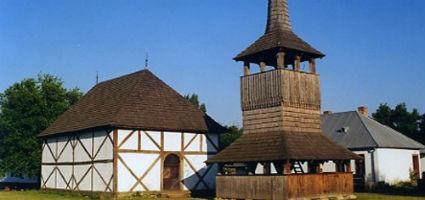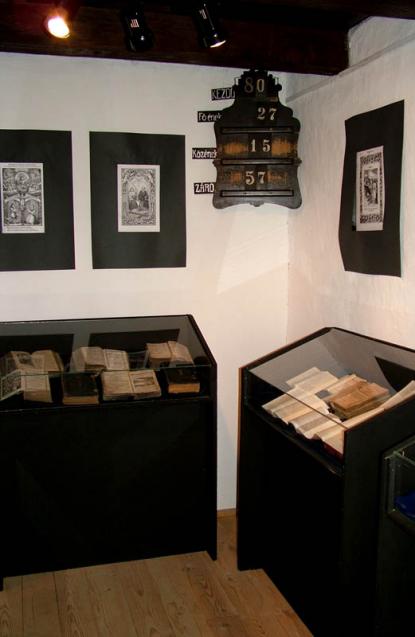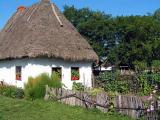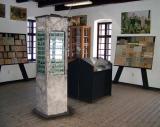2024. December 22. Sunday
Open Air Museum of Sóstó - Nyíregyháza - Sóstó
 |
Address: 4431, Nyíregyháza - Sóstó Tölgyes utca 1.
Phone number: (42) 479-704, (42) 500-552
E-mail: info@muzeumfalu.hu
Opening hours: 01.04-01.10.: Tue-Sun 9-18
01.10-31.10.: Tue-Sun 9-17 On Monday and on the first workday after bankholidays is closed!< |
The Museum Village of Sóstó is the biggest regional open-air ethnographic museum in Hungary. Ever since it was established (1970) and opened (1979), it received the title 'The Museum of the Year' and became the most often visited museum of Szabolcs-Szatmár-Bereg County. Yearly 70-80 thousands visit it even though it is only open from April until October.



